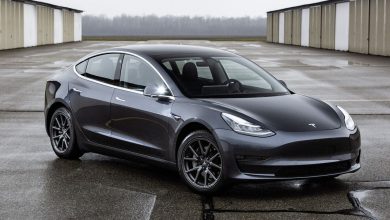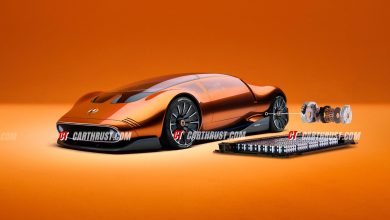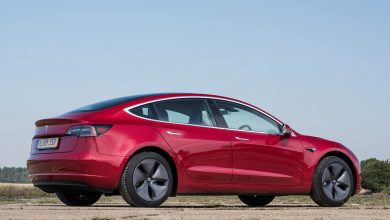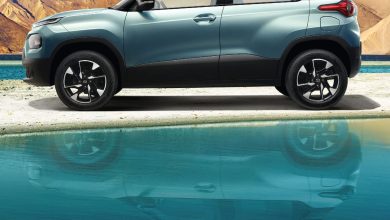Volvo’s new Concept Recharge gives us a glimpse of the Swedish carmaker’s all-electric future
The Concept will form the basis of the all-electric XC90 successor.
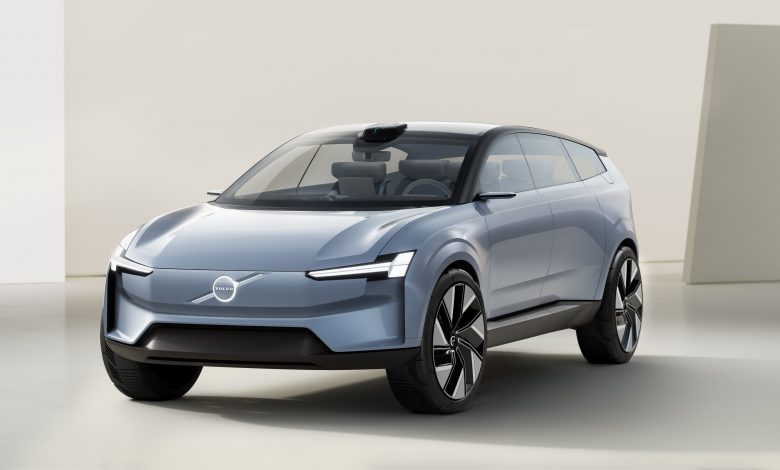
We all know, don’t we, that Volvo is going all-electric by the end of this decade? If not, where have you been?! Anyhoo, in case you don’t remember, Volvo currently has a couple of electric models in its portfolio – the XC40 Recharge and C40 Recharge, though both are built on the multi-powertrain CMA architecture. The successor to the XC90, however, will be built on an all-new platform as the firm plans to launch it next year.
Volvo boss, Hakan Samuelsson, has mentioned that the upcoming SUV will be closely related to the Polestar 3, but won’t be carrying with the XC90 badge. Instead, it will carry a new nameplate to signify its role in leading the next-gen of EV-only Volvos.

“It will be the new Volvo flagship SUV but it’s the first of its kind and will be followed by a lot of cars based on the same architecture,” said Samuelsson. “We will mark that by deviating from the normal way of giving our cars names with XC for an SUV and so on. To mark that this next generation kind this car will also have a name, like a child.”
The maker has teased the new model with the new Concept Recharge SUV, which Chief, Design, Robin Page, says represented “a manifesto for the all-electric future of Volvo Cars, as well as a new type of vehicle.” He added: “It displays new and modern proportions that go hand in hand with increased versatility and shows what technology can enable in terms of design.”

The Concept is built on a ‘less but better’ approach to showcase how Volvo design will change for pure electric cars that Volvo says is an extension of its Scandinavian design heritage. The machine boasts an entirely flat floor, with the batteries built into the base of the car. You also have an extended wheelbase with short overhangs at the front and back and those oh-so-special backward-opening doors.
At the front, since it’s an EV, doesn’t have a grille anymore. Instead, it sports a new ‘shield’ front that has Volvo’s logo and a traditional diagonal line symbol built into it. Coupled with that shield (not Cap’s shield), you have the infamous Thor’s Hammer headlights. Perhaps the best bit about those lights is the ability to showcase narrow daytime running lights that are then switched for brighter full headlights when needed.

At the front of the roof, you have a LiDar scanner, allowing it to greatly boost safety, with real-time data vastly accelerating the development of self-driving systems. It will be featured on all the other future Volvo models as well as the production version of the Concept Recharge. At the back, you have small ‘wings’ that extend at higher speeds to further boost aerodynamics. Although the fact that Volvo has limited all of its cars’ top-speed at 112mph, I wonder how fast you can go to feel the difference.
On the inside, with help from the extended wheelbase, designers at Volvo have repositioned the seats, lowered the bonnet, and added a sloping roof profile. The rear seats feature a revamped ‘booster cushion’ system that allows them to be raised higher than the front seats so that children can see what is going on at the front, in a much better way.

In typical fashion, the dashboard has a 15-inch touchscreen featuring the latest version of Volvo’s new Google-based infotainment system. Further, several sustainable and natural materials are featured within the cabin to give it “a truly Scandinavian living room feeling.”

